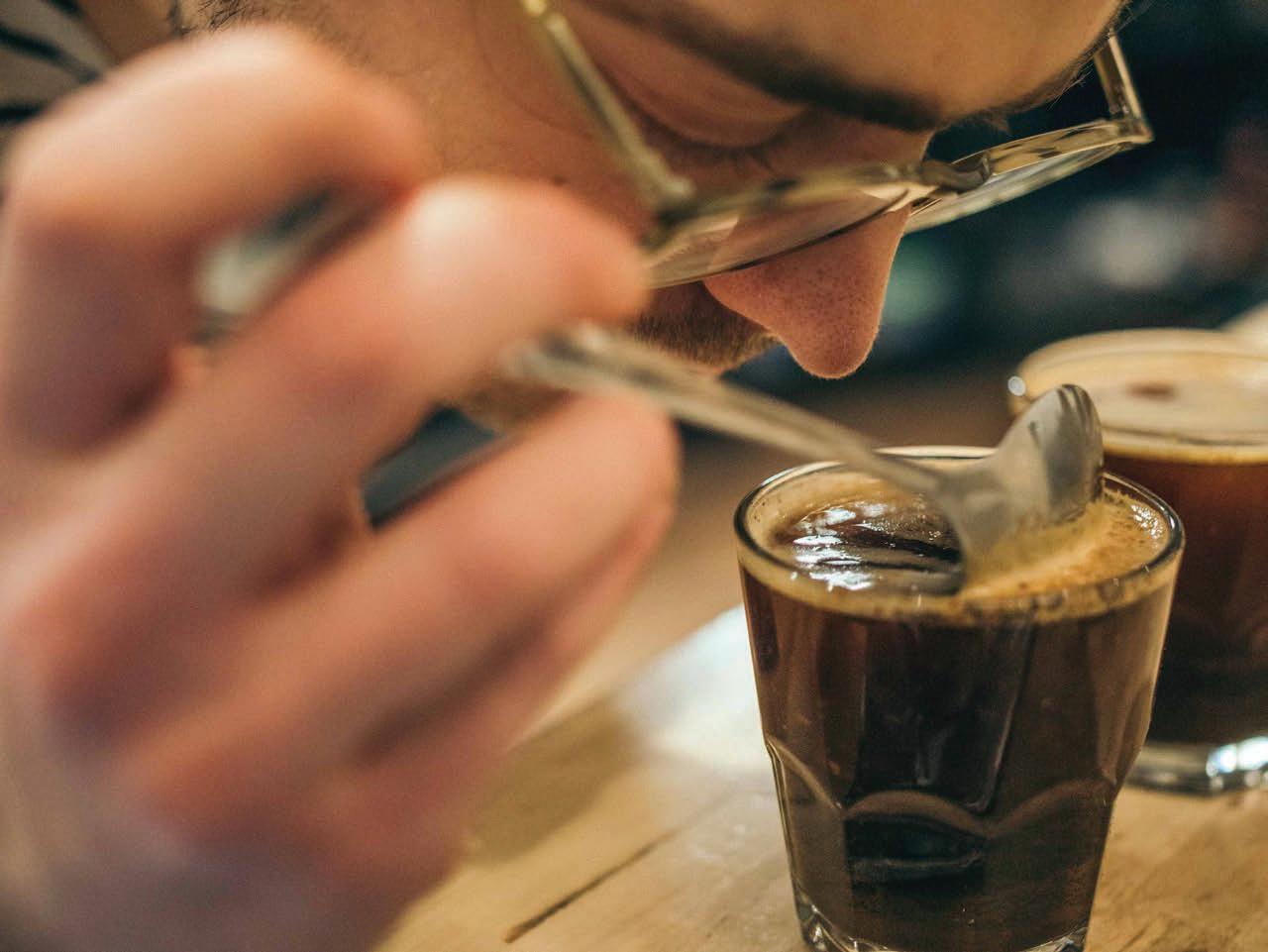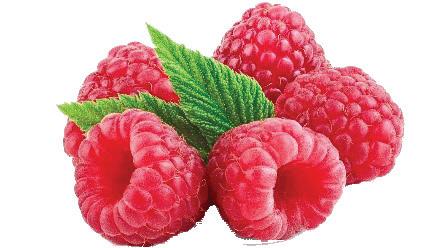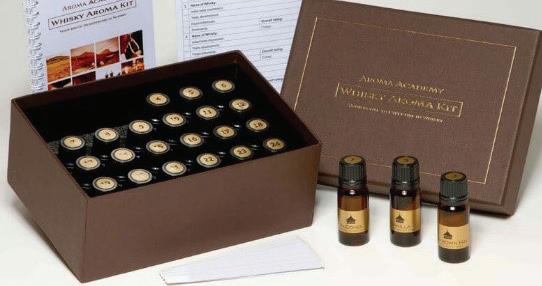
4 minute read
THE SCIENCE OF SPIRITS
We generally take our sense of smell for granted, yet it is a far more important part of our lives than we realize. Olfactory protects us by detecting smoke, harmful or poisonous chemicals, and weather changes, yet adds a deep dimension of personal enjoyment to our personal experiences with food, drink, and trips outdoors or to new places. For reference, ask a recovered COVID patient what daily life was like without sense of smell.
ORNs (olfactory receptor neurons), are part of the brain’s limbic system which processes emotions and triggers memory recall. Smelling an aroma similar to that of Grandma’s fresh baked cinnamon-apple pie from years ago may bring on warm feelings and emotions. Experiential memory is triggered by recognition of familiar aromas, and we re-live the emotions stored with that particular experience. Smell, emotion, and experiential memory are inextricably linked.
MEMORABLE EXPERIENCES ARE AT THE TIP OF YOUR NOSE
Perspectives on Our Sense of Smell
By George F Manska, Corporate Strategy Officer, inventor & entrepreneur, Chief Research & Development Arsilica, Inc.
FLAVOR IS 90% AROMA, 5% TASTE, 5% MOUTHFEEL:
Imagine eating or drinking our favorite foods and beverages completely devoid of smell, with the only sensations being tasted (sweet, salty, sour, bitter, umami) and mouthfeel (oily, dry, metallic, cool): Food without saffron, rosemary, salt, pepper, or florals; wines without fruit, citrus, or spice; spirits without oak, grain, fruit, caramel, or honey. A world of eating cardboard and drinking water with different mouthfeels would be as good as it ever gets. No cinnamon-apple pie, no pine forest, no jasmine, and far less vivid memories of the past would truly be a desolate, banal, emotionless existence. Most confuse olfactory with taste. We do not just taste raspberries, we smell raspberries, taste sweet, and feel the fuzzy raspberry.

HUMAN OLFACTORY SENSITIVITY IS LOW:
Bloodhounds have a sense of smell 40 times stronger than humans. Grizzly bears smell seventime stronger than bloodhounds. Salmon travel thousands of miles to return to the place they were hatched. Human social and cultural evolution, division of labor, and domestication of animals as food sources (decreasing the dependency on daily hunting) are major factors that led to the degradation of human olfactory.

Scientific and medical journal papers abound which quantify the differences between male and female olfactory. Among scientists, female olfactory sensitivity is known to be superior, with lower detection and identification thresholds and more extensive “smell libraries” than males. Microscopic counting of olfactory receptors proves that female olfactory receptor counts average 43% higher than males. Female superiority may be due to their major role in pre-natal fetus development and greater responsibility to maintain health to nurture young offspring safely. Higher sensitivity adds protection in the form of the question, “Could this be potentially harmful to my child or me?” Females detect pheromones, which are instrumental in choosing a mate. Many males in the food and beverage industry prefer to believe the jury is still out on female olfactory superiority. Scientists know the truth.
AGE AND HEALTH ARE COMMON ENEMIES:
Taste buds can regenerate every two weeks. Olfactory epithelial cells can regenerate as quickly as 24 hours (or weeks for those which must re-establish connections). Age brings irreversible atrophy, and health destroys the sense of smell with allergies, polyps, illness and disease, and sinusitis (inflammation). Proactive health maintenance, nutritious food, exercise, and medical awareness are primary to prolonging and protecting the sense of smell.

WHAT ELSE CAN YOU DO?

Olfactory degradation can be changed by literally stopping to smell the roses (it’s never too late). Olfactory training can be self-taught and is the main professional treatment for olfactory dysfunction. Periodically interrupt your usual background thoughts and focus directly on smells and simultaneous emotions. Whether cooking or dining out, visiting a winery or distillery, drinking with friends, gardening, or hiking, for a few minutes of the day, refocus to identify, associate and relate smells with personal emotions, sniff and repeat smell names aloud, verbalize and visualize how smells make you feel. Confidently and deliberately build your smell library of personal experiences. Be pro-active, ask the chef for the recipe and try it at home. Learn the distiller or vintner’s processes, and experiment when mixing cocktails. Keep the 90% aroma part of flavor foremost during every smell opportunity by building emotional associations while burning unmistakable identification into memory. Practice improves identification—Google “Improving Sense of Smell” and “Olfactory Training” for more simple ideas. Smell training kits are available online for spirits, wine, and food: purchase and practice.

IT’S ALL UP TO YOU:
Don’t voluntarily give up one of your most precious senses by doing nothing. A little focus can avoid cardboard and water and preserve and enhance precious memories. Best of all, you will no longer depend on others’ descriptions. Only you can appreciate what you like, and you are the only judge that matters. Make it your own personal adventure in selfdevelopment.
George F Manska
Chief of Research and Development, Arsilica, Inc., engineer, inventor of the NEAT glass, and sensory science researcher.
Mission: Replace misinformation with scientific truth through consumer education.
Contact Information:
Phone: 702.332.7305
Email: george@arsilica.com
Business mailing address: 452 Silverado Ranch Blvd, Ste #222,
Las Vegas, NV, 89183.










